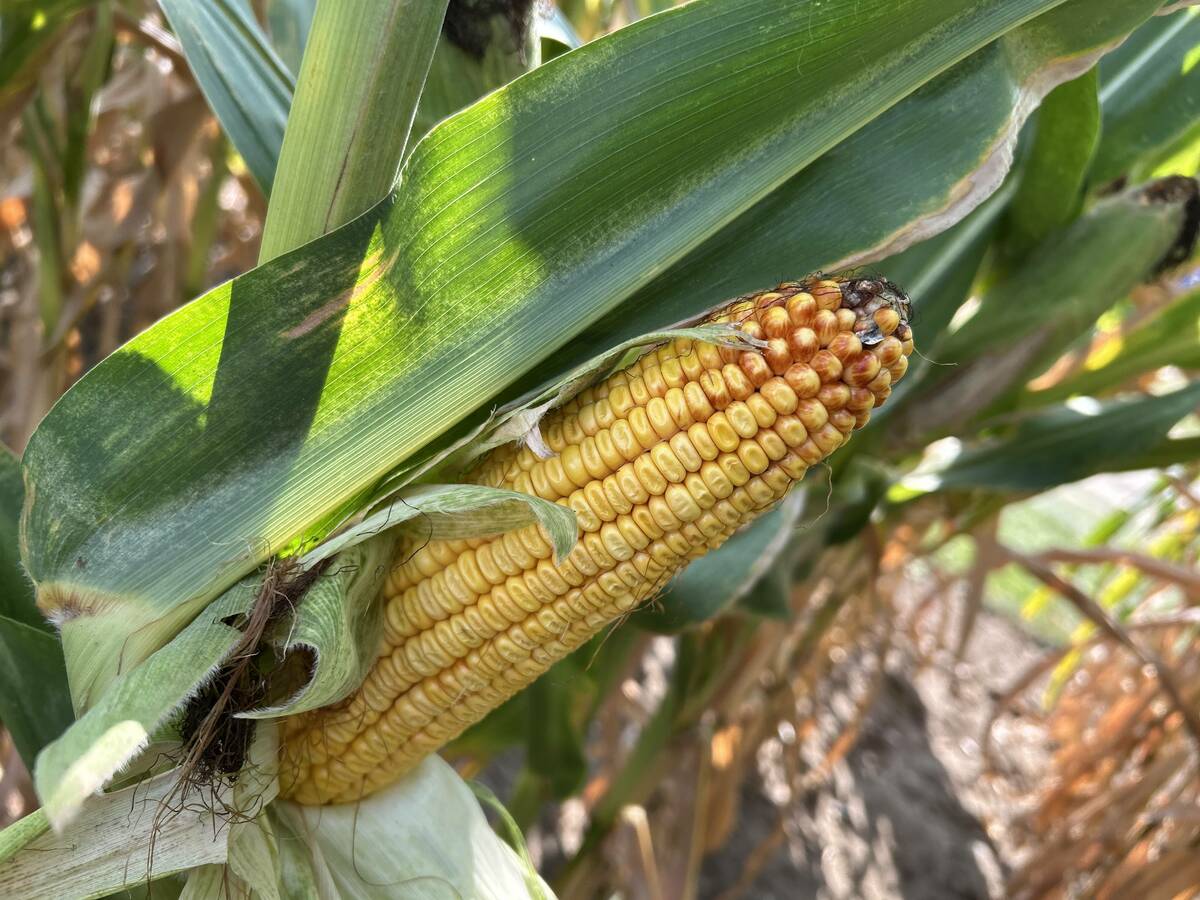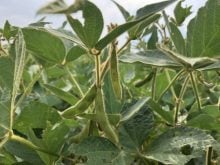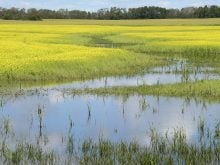Livestock producers affected by drought, flood or excess moisture conditions in 2017 may be eligible for 2017 tax relief.
Agriculture Canada on Feb. 6 released the final list of regions designated under the Livestock Tax Deferral Provision, adding regions in British Columbia and Saskatchewan.
The initial list, posted Nov. 6, 2017, also listed regions in B.C., Alberta, Saskatchewan and Quebec.
The provisions allow livestock producers to defer a portion of 2017 sale proceeds of breeding livestock until 2018.
“The cost of replacing the animals in 2018 will offset the deferred income, thereby reducing the tax burden associated with the original sale,” Agriculture Canada said in a news release.
Read Also

Crop estimates show mixed results
Model-based estimates used by Statistics Canada showed the 2025/26 crop year has seen increases in canola, corn for grain, oats and lentils production while seeing dips in spring wheat, durum wheat, soybeans and barley in comparison to 2024/25.
To be eligible, livestock producers must be within one of the designated areas and request the deferral on their 2017 tax return.
“Extreme weather and natural disasters created significant challenges for many Canadian livestock producers in 2017,” said Agriculture Minister Lawrence MacAulay. “This tax deferral will help producers manage the impacts of the adverse weather, while focusing on rebuilding their herds in the coming year.”
Drought caused pasture and feed shortages in the four designated provinces in 2017 and some producers reduced their herds because of it.
For more information visit bit.ly/2H1IJkQ.














